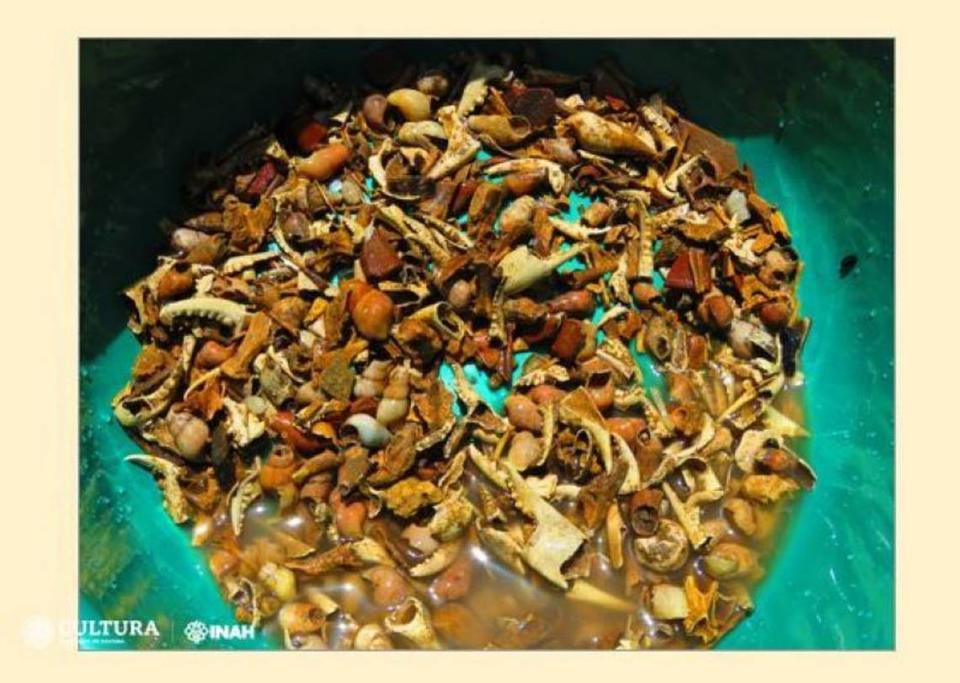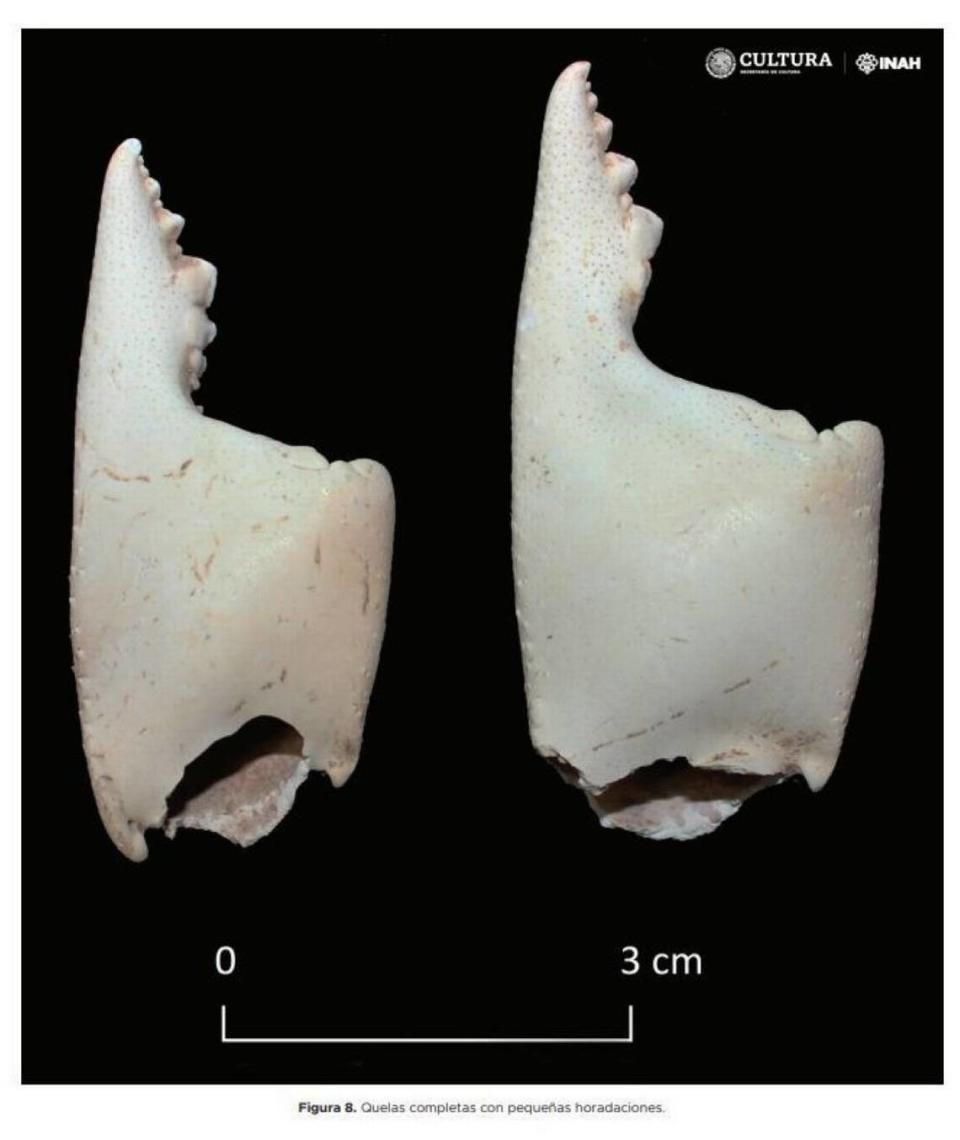1,100-year-old feast — with a relatable menu — unearthed at Mayan palace in Mexico
Hidden within a Mayan palace in Mexico sat the remnants of a decadent feast. The 1,100-year-old menu — once open only to the elites and deities — is still eaten today.
Archaeologists unearthed the leftover food at the palace of the ancient Mayan city of Palenque, Mexico’s National Institute of Anthropology and History said in a Jan. 10 news release.
The multi-story complex was home to the city’s elites and was renovated several times over its centuries of use, according to the institute.
The leftover food was found beneath a staircase and near one of the palace’s most important buildings. Archaeologists identified the remains as ritual offerings from between 600 and 850 A.D., the period when the city was at its peak.
The Mayans held ritual feasts to share food between the elites and their deities when important sections of the palace were renovated, experts said. During these rituals, some food was placed in a hole and buried.

The palace’s ritual menu included a lot of freshwater crab, especially crab claws, and other local seafood such as sardines, prawns and snails, archaeologists said. Photos show the leftovers from over 1,100 years ago.

To the ancient Mayans, crabs were a symbol of regeneration because of the animal’s ability to regrow a lost claw, the institute said. Crab remains are a rare find at Mayan archaeological sites due to their fragile nature.
One of the ritual deposits also included some ceramic items, archaeologists said.
Palenque Archaeological Zone is in southern Mexico, about 500 miles southeast of Mexico City, and near the border with Guatemala.
Google Translate was used to translate the news release from Mexico’s National Institute of Anthropology and History (INAH).
Ancient Roman villa — where eruption of Mount Vesuvius could be seen — found in Italy
Unprecedented 3,000-year-old sacrificial pit found in China. See the chilling site
Rare coins minted during ancient Olympic Games unearthed in Greece, photos show

